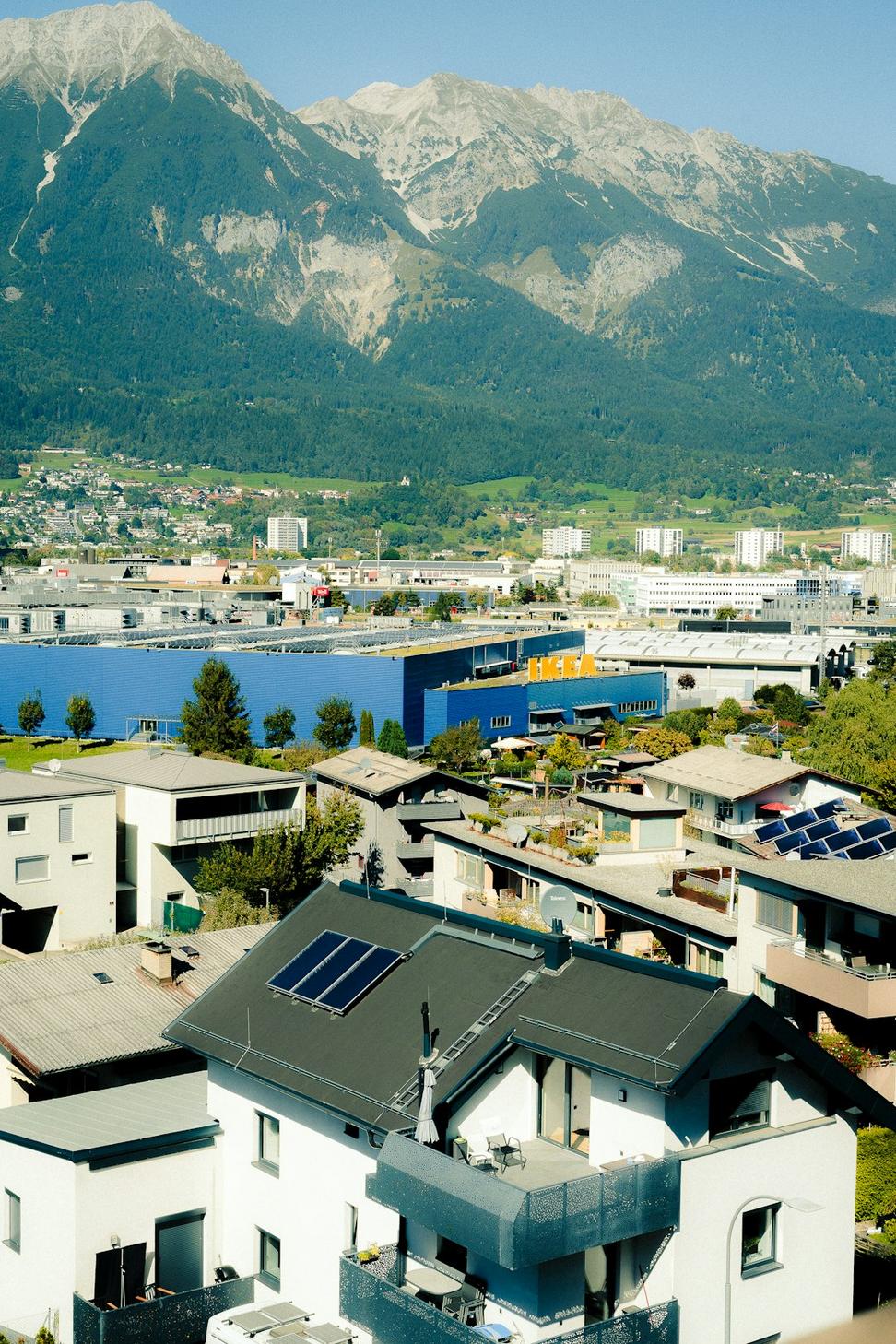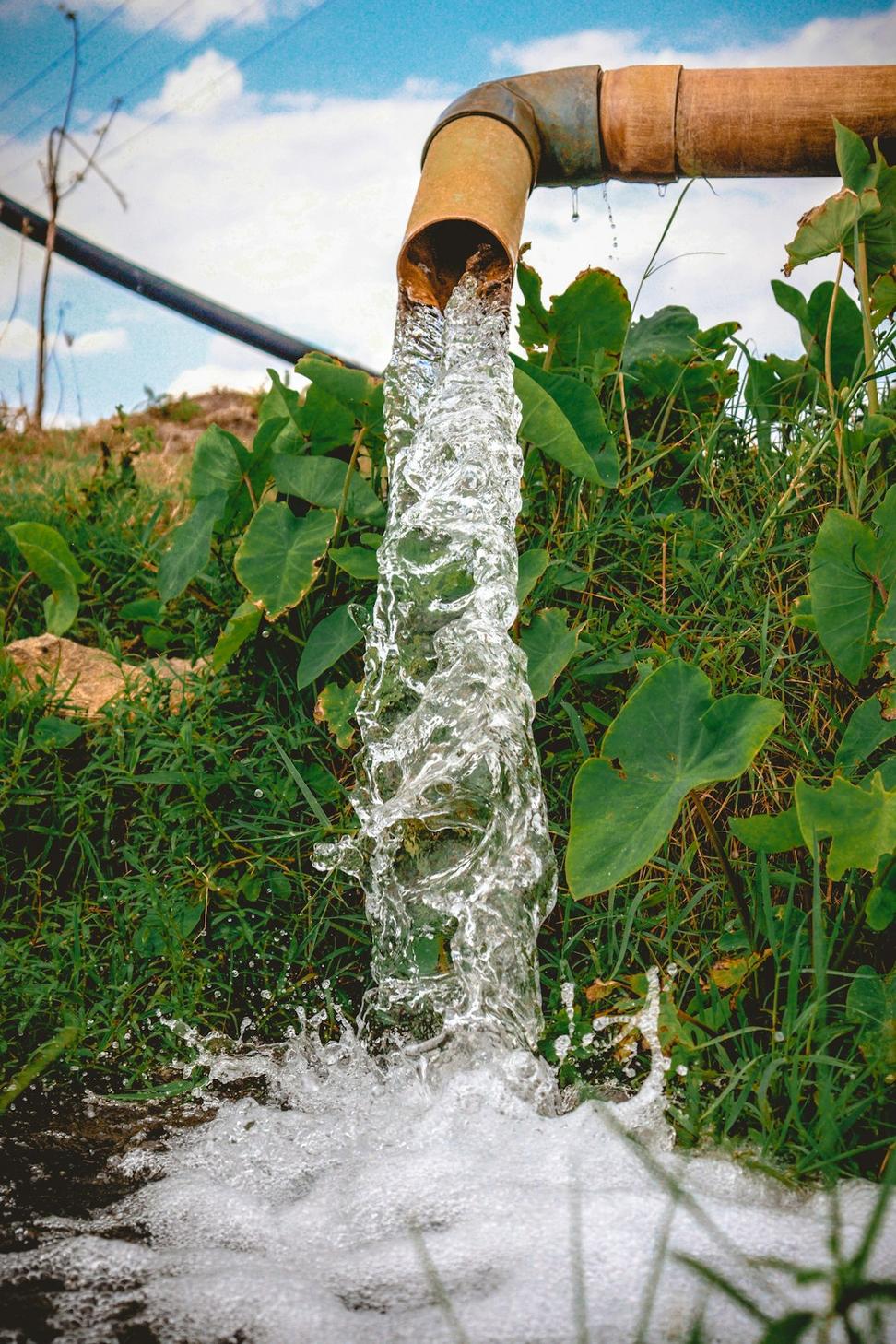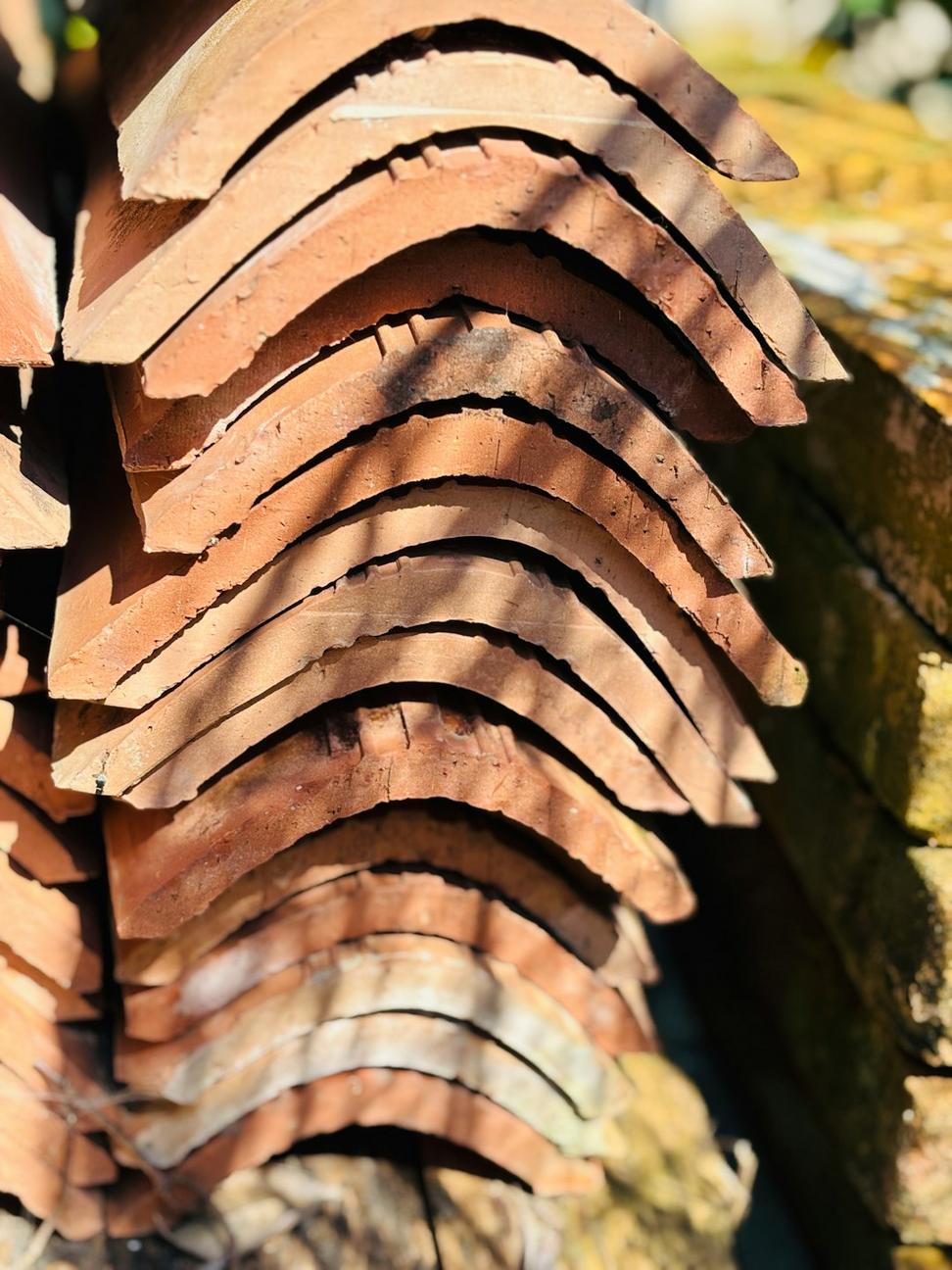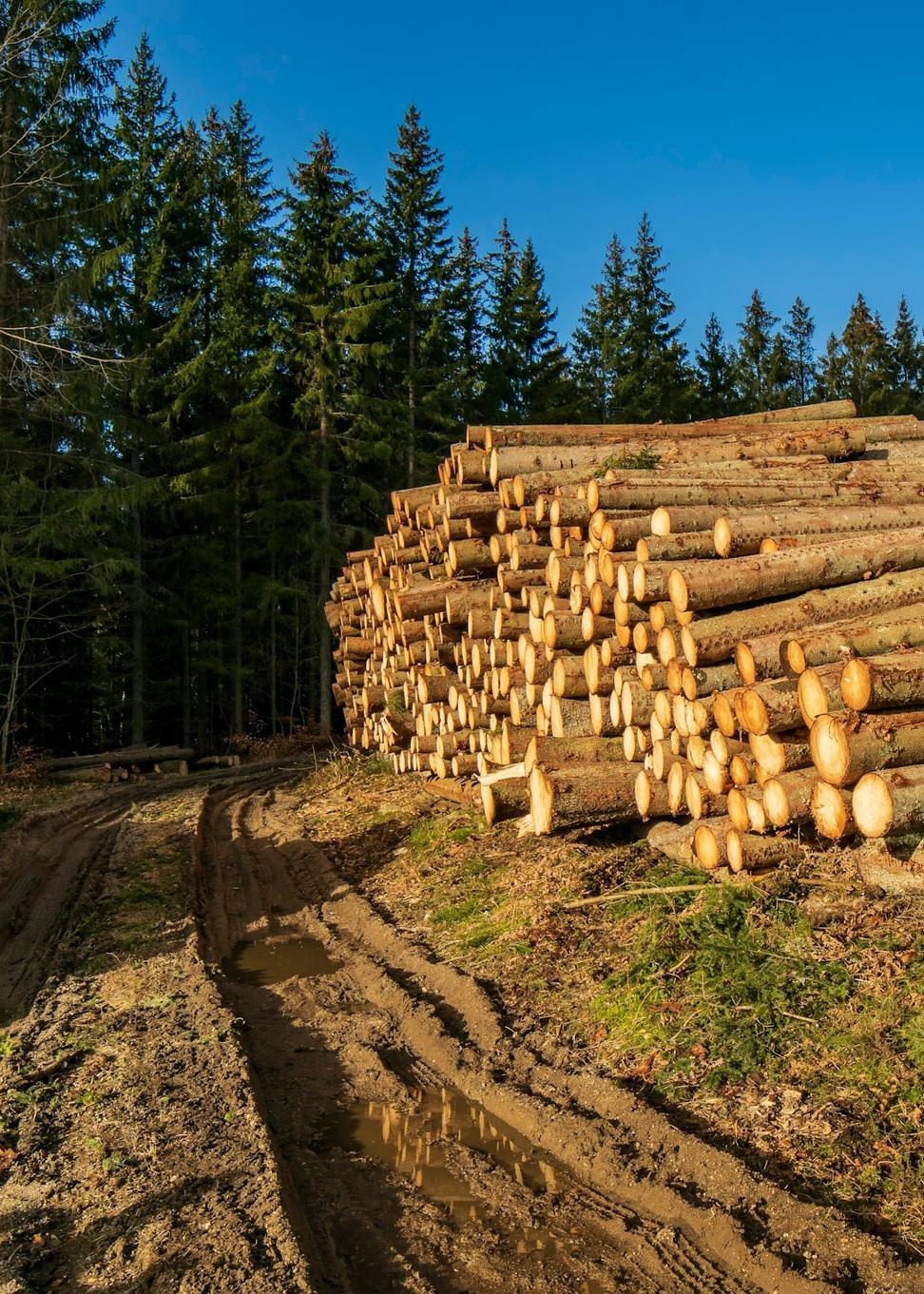The Numbers That Matter
Energy Performance

We're getting buildings to use way less energy through better envelopes, smarter HVAC, and solar where it makes sense. Not every roof's right for panels, but we'll tell you straight up what'll work.
Water Conservation

Low-flow fixtures are basic stuff now. We're installing rainwater collection and greywater systems where codes allow. Toronto's getting better about this, finally.
3,200
Tonnes CO2 Offset Annually
Equivalent to taking 695 cars off the road each year89%
Construction Waste Diverted
Through material recovery and recycling programs$2.1M
Client Utility Savings
Total savings across completed projects over 5 years
